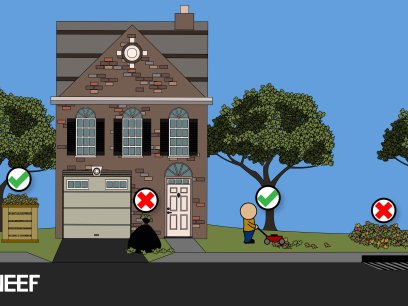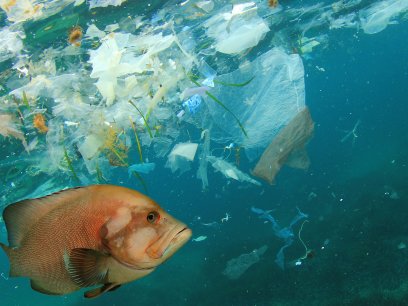
You’ve probably heard of “green infrastructure,” but would you know it if you saw it? Green infrastructure is development that manages water while protecting, restoring or mimicking the natural water cycle. Green infrastructure projects help to absorb rainwater runoff, reduce flooding and reduce water pollution in local rivers and streams. Here are some examples of green infrastructure that you may find in your community:
Permeable Pavement: The surface of a road or street is made from materials that allow rainwater and snowmelt to soak through to the soil below, rather than running off the pavement.
Green Roof: A layer of plants is grown on a rooftop. The plants on a green roof absorb rainwater and snowmelt and help to provide energy savings by insulating the building below.
Urban Tree Canopy: Mature trees in urban areas provide shade, which can result in energy savings, help to manage stormwater by absorbing rainwater and snowmelt, and prevent erosion by stabilizing soil with their roots.
Rain Garden: Water-tolerant plants grouped in shallow depression absorb rainwater runoff and snowmelt, preventing flooding and protecting water quality in local rivers and streams.
Tip: Are there green infrastructure projects in your community? Could your property or neighborhood could benefit from newly planted trees or a rain garden to help manage rainwater runoff? Learn more about green infrastruture to see how green infrastructure can fit into your community.


